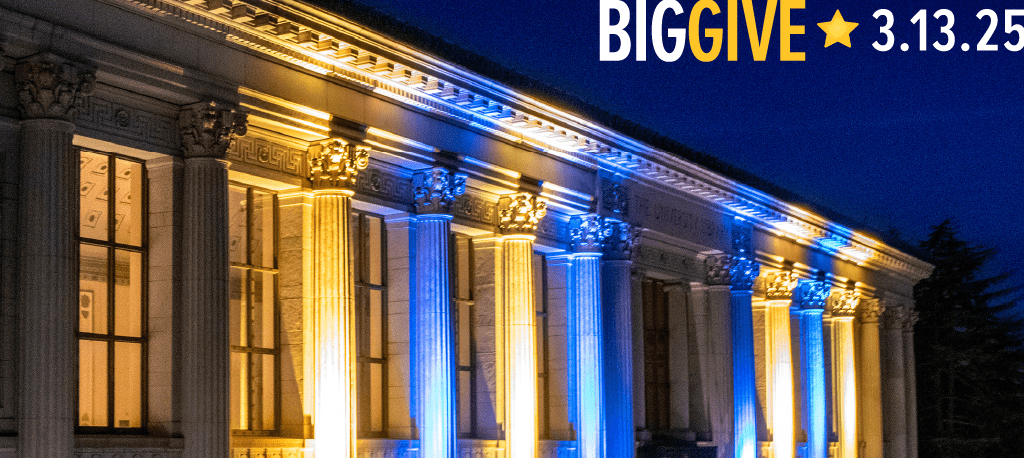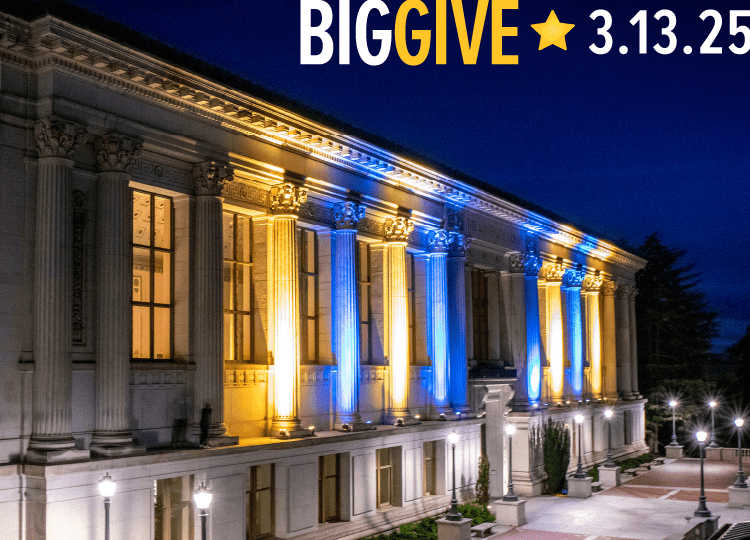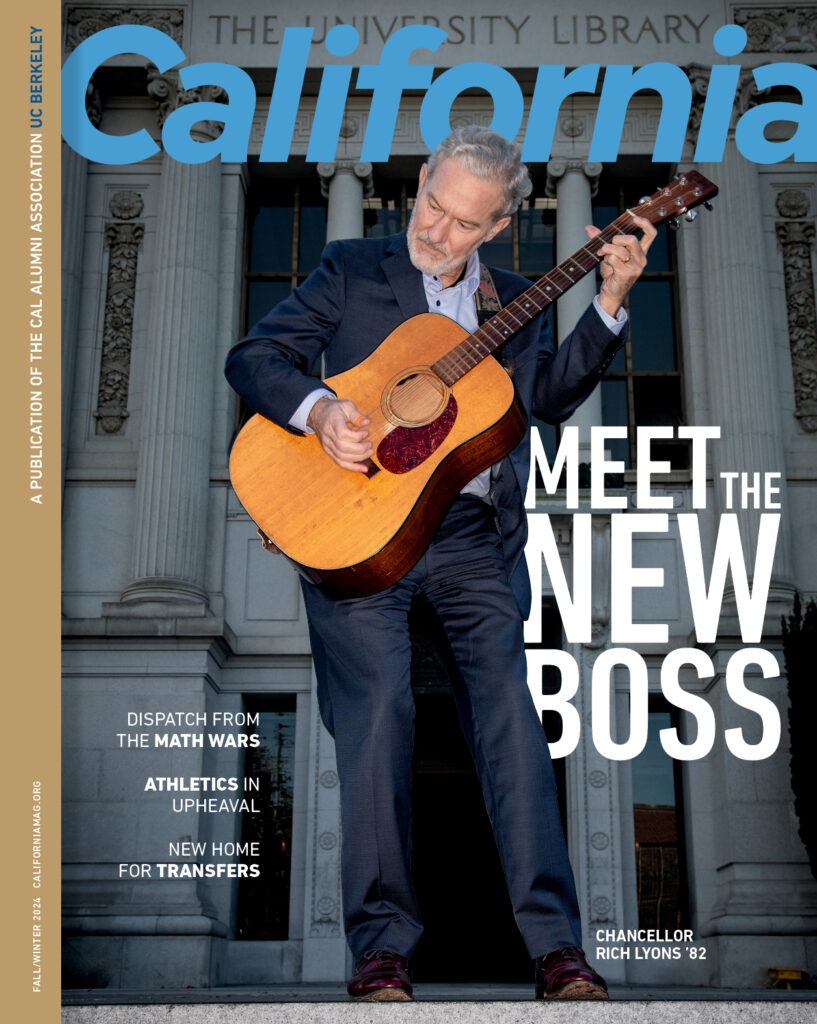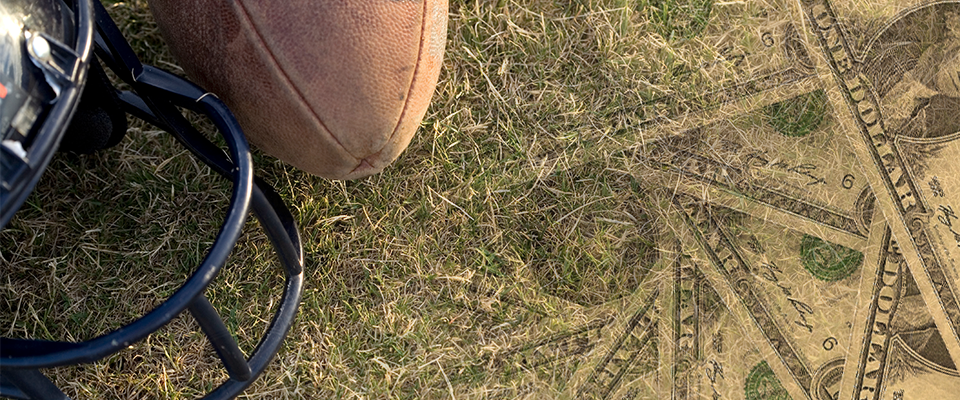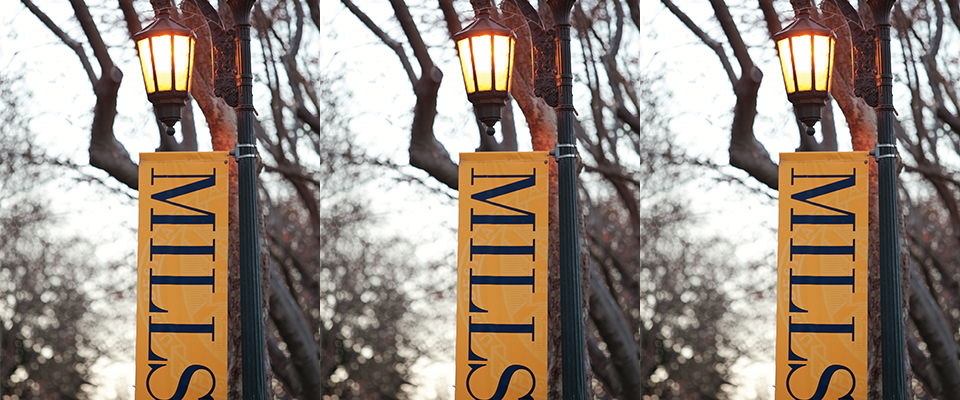Between the 20- and 30-yard lines at memorial stadium, where the California Golden Bears have played their West Coast rivals in football for more than a century, three curious letters are scrawled on the field this season. Those same letters also appear inside the free-throw lines at Haas Pavilion. ACC stands for Atlantic Coast Conference—a jarring, illogical affiliation for a campus that has a view to the Pacific Ocean.
This geographical incongruity is hardly the only strange thing about college sports these days. Just look around. Student-athletes, who were once forbidden from taking so much as a free hamburger, now are being showered in cash, thanks to something called NIL. And they can change schools as easily as they change majors, snapped up by competing coaches in the so-called transfer portal.
Perhaps most remarkable is the movement to make athletes employees. In March, the men’s basketball team at Dartmouth, of all places, voted to unionize, making them the first collegiate team in the country to do so. In Los Angeles, USC football and basketball players are also asserting that they have been misclassified as student-athletes rather than employees. The ruling, if it goes in favor of the Trojans players, could open the door to unionization for athletes at schools across the country.
So what in the good name of Joe Kapp is happening here?
“I’ve told a lot of people I’m on a roller coaster ride,” Cal women’s basketball coach Charmin Smith said. “I don’t know if a drop is coming or a loop, but I’m hanging on tight.”
If that’s how a veteran coach feels, what’s a fan to do? California has put together this “explainer” to help readers get a better sense of where things stand and what loops and drops may lie ahead.
Never in my career has the crystal ball been so murky
Cal athletic director Jim Knowlton acknowledged he’s not sure what comes next.
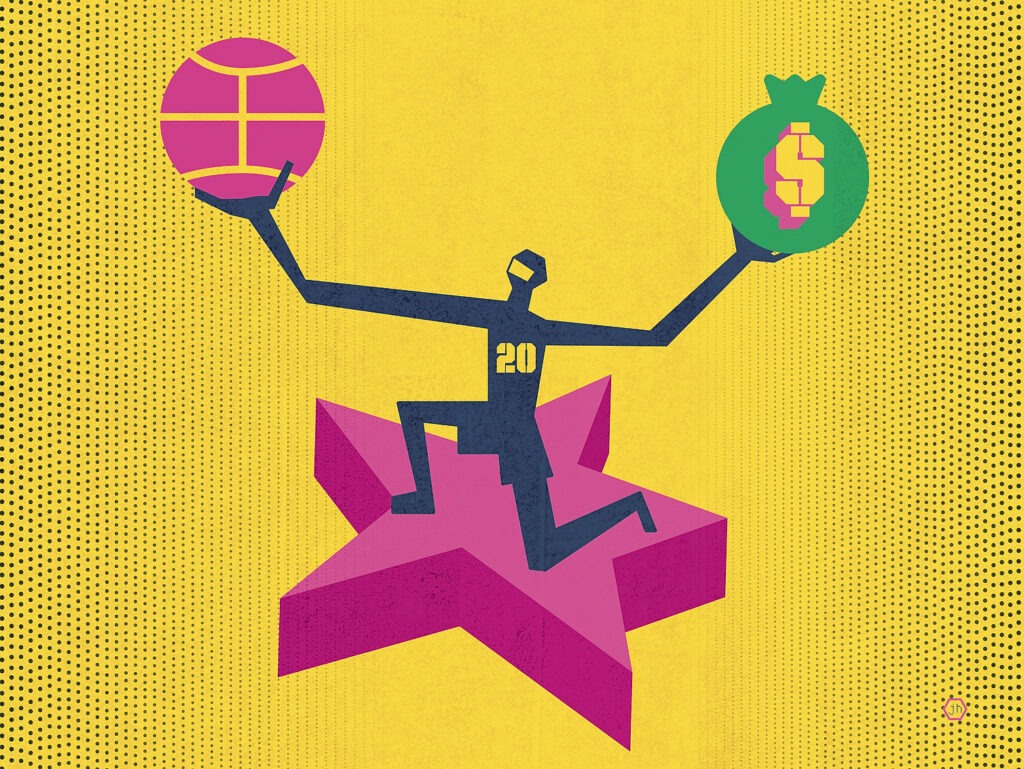
Let’s start with conference realignment. The Pac-12’s history dates to December 2, 1915, when the Pacific Coast Conference was founded during a meeting at the Imperial Hotel in Portland. Cal was one of four original members of the league, which subsequently reformed as the Athletic Association of Western Universities, and eventually grew to eight teams, then 10. The modern Pac-12 officially began play in 2011.
But starting in June 2022 and culminating on a dark day in August 2023, the Conference of Champions unceremoniously unraveled. Commissioner George Kliavkoff struggled to produce a sufficiently remunerative television deal, sparking the exodus: first of USC and UCLA (in 2022), then Colorado, then Washington and Oregon, and finally Arizona, Arizona State, and Utah.
The four remaining schools—Cal, Stanford, Oregon State, and Washington State—were left adrift. The Bay Area schools found a lifeline in the ACC, which offered the prestige of power-conference status, albeit at a reduced share of TV revenue for the first nine years. Needless to say, Cal and Stanford had zero leverage and felt lucky to land where they did.
“We truly believed Cal needed to be in a conference with like-minded institutions that valued both academics and athletics,” Cal athletic director Jim Knowlton said of the move. “We wanted to still compete for national championships at the highest level and provide a student-athlete experience, and the ACC gives us all that in spades.”
And then, of course, there’s the money. Even at a roughly one-third share to start, Cal and Stanford will receive between $10 million and $11 million annually from the ACC’s television contract. Plus, beginning in 2026, the conference’s share of College Football Playoff revenue is estimated at $13 million to $14 million per school per year.
Both numbers exceed what the Bay Area schools would have earned by staying in the diminished Pac-12. (That conference, reduced in 2024 to just Oregon State and Washington State, announced this fall that it will add Boise State, Colorado State, Fresno State, San Diego State, Utah State, and Gonzaga starting in 2026.) But the new arrangement still counts as a financial hit for Cal, which typically earned more than $30 million annually in revenue under the old Pac-12.
The days of signing high school recruits, developing them into good players, and keeping them on campus for four years now seems decidedly quaint. As does, let’s face it, amateurism.
Even as revenues decline, travel costs will skyrocket. Just consider this fall’s travel schedule for the women’s volleyball team: The Bears had conference road trips to Louisville and Notre Dame in September, Pittsburgh and SMU in October, and, in November, two separate road trips to face Florida State, Miami, North Carolina, Duke, and Syracuse.
All the extra travel puts added stress on student-athletes who have to compete both on the field and in the classroom. In response, the university said it is adding more support for tutoring, nutritional counseling, and the like—services that also cost money.
To make ends meet, Cal may need to cut or subsidize several non-revenue sports, or else find generous benefactors willing to sponsor teams. That’s what the golf programs recently did—an anonymous $23 million donation, announced in September, endowed both the men’s and women’s teams.
Cutting teams has proven difficult in the past. Chancellor Robert Birgeneau tried to eliminate five of Cal’s 29 teams in 2010 but relented in the wake of Title IX challenges, donor resistance, and fundraising efforts by fans. In 2020, Stanford announced it would cut 11 teams from its especially robust 36-sport lineup. All 11 were saved after pushback from Cardinal alumni.
Of course, things have changed considerably now that Cal and Stanford have joined a conference with no members west of Dallas (Southern Methodist also joined the ACC in 2024).
Because football television revenue drives conference realignment (and the game of musical chairs is hardly over), some would-be reformers have suggested making college football its own entity, separate from other collegiate sports. Perhaps this would be an arrangement similar to the English football (soccer) system, with the elite Premier League at the top, Championship the next tier down, and several lesser leagues below that. As in the English system, teams potentially could be promoted upward or relegated downward based on performance.
In NCAA Division I football, you might have about 30 teams in the top-tier conference (Texas, Georgia, Alabama, etc.) with several lesser conferences beneath those, from which teams such as Cal and Stanford would try to claw their way up.
That theoretically would allow other sports to reclaim geographic sanity, still competing regionally instead of adhering to the same travel schedule as football. That way, Cal women’s volleyball players, for example, wouldn’t have to spend more time in airplane terminals than they do on Telegraph Avenue.
Knowlton acknowledged he’s not sure what comes next. “Never in my career has the crystal ball been so murky,” he said, chuckling uneasily, but he understands the logic of the scenario outlined above.
“I hear a lot of discussion about the potential of breaking football off in some way,” he said. “If everyone can get in alignment, there’s a way to have a national footprint and also be regional.… At the end of the day, we’re disrupting a lot of our college athletics to support football programs.”
NIL arguably has been just as big a disruption in college sports as conference realignment.
The initials stand for Name, Image, and Likeness, something that now belongs to the players but didn’t until quite recently. Up until a few years ago, a school could sell jerseys with a star player’s name on the back or posters with their image on it; NCAA rules didn’t allow athletes to get a cut because they were strictly “amateurs.” That changed in California with 2019 legislation coauthored by Cal alumna and state Senator Nancy Skinner ’77, M.A. ’89, D-Berkeley, permitting athletes to finally profit from their public profile. In 2021, NCAA v. Alston paved the way for NIL on a national level.
This seems fair to most observers. But if you thought it meant players would drum up their own sponsors and promote themselves to local businesses, think again. Donor-driven collectives stepped in to foster and manage lucrative NIL deals on behalf of the players. Now that collectives can officially engage recruits, offering the biggest deals inevitably attracts the best talent. NIL now is an entrenched part of the recruiting process.
Kevin Kennedy, J.D. ’91, president of the California Legends Collective, the NIL collective that tries to “maximize the earning potential” for Cal athletes, allows that “this has been a hard transition for a lot of fans. It’s not what they think of as college athletics. They don’t like this change and don’t think it’s appropriate.” For his part, though, Kennedy supports players “finally getting the benefit of the revenue they’re generating.”
Some NIL collectives have been more headline-grabbing than others. Last season, just before they went up against Cal, the Crimson Collective presented all 85 scholarship football players at the University of Utah with leases for brand-new Dodge Ram pickup trucks. While nothing similar has happened at Cal, running back Jaydn Ott ’25, the best player on the Golden Bears football team, currently carries an NIL valuation estimated at more than $230,000.
But that doesn’t even put him in the top 100. Colorado quarterback Shedeur Sanders tops the On3.com NIL valuation rankings at more than $6 million.
It’s important to remember that while some athletes command eye-popping NIL figures, most athletes receive only modest amounts. Tight end Jack Endries ’26, who started as a preferred redshirt freshman walk-on (i.e., non-scholarship player), called it “reward money” for playing at Cal.
If this version of NIL sounds like paying players, it is—but at least it’s above board.
“There’s a joke about NIL standing for ‘now it’s legal,’” Kennedy said. “It’s fair to say some schools took advantage of paying players previously. So now that there’s a level playing field, we’re starting to see some of Cal’s natural advantages shining through: culture, climate, geography.” The goal, Kennedy said, is to make a competitive offer in concert with the school’s many selling points.
As for the upheaval NIL has caused, Kennedy quoted Game of Thrones: “‘Chaos is not a pit, chaos is a ladder.’ Cal badly needed a reset and paradigm shift, and this massive modification of the system gave it to us.”
Charmin Smith, the women’s hoops coach, acknowledged NIL “moved us more toward a model that doesn’t feel exactly like amateurism. But I think student-athletes have been exploited for far too long, and the NCAA and certain schools didn’t do right by them. This is what you get, so to speak.”
Whatever fans may think of NIL, it’s now the name of the game.

There’s another way in which college athletics has come to resemble the pros: the transfer portal. It used to be that a player could switch programs only once and only after getting released by his or her coach (or other authorities at the school). Any additional transfers meant they had to sit out a year before competing for a new school. That made it a rarer occurrence. Today, however, college athletes enjoy something akin to free agency, as the NCAA now allows athletes to switch teams multiple times within their span of eligibility, without losing playing time. And the transfer portal—basically a large database of athletes looking to change programs—makes it easy for coaches to scout seasoned talent.
Consider this year’s Cal men’s basketball team. Coach Mark Madsen overhauled his roster, bringing in transfers from Stanford, Michigan State, Minnesota, Vanderbilt, Air Force, Washington State, Western Carolina, Texas-San Antonio, North Dakota, and Grand Canyon.
Safe to say, that’s not quite how Pete Newell built his 1959 NCAA championship team. No, the days of signing high school recruits, developing them into good players, and keeping them on campus for four years now seems decidedly quaint. As does, let’s face it, amateurism.
Revenue-sharing is expected to begin in 2025, in the wake of a proposed $2.78 billion settlement of antitrust claims against the NCAA, pending final approval by U.S. District Judge Claudia Wilken, J.D. ’75, in Oakland. The NCAA and Power Five conferences and its schools, including Cal, will pay most of the settlement (which covers retroactive damages), with help from the NCAA’s insurance payouts.
Schools could then share revenue with student-athletes (around $20 million annually per school), whether or not they are classified as employees. If they do become employees, programs may be forced to contend with minimum-wage and overtime laws in compensating players, as well as collective bargaining.
Whatever form it takes, the specter of revenue-sharing leaves schools with lofty sports aspirations and overwhelmed budgets scrambling. So far this has mostly involved courting donors, though Tennessee took a novel approach by adding a 10 percent ticket surcharge (labeled a “talent fee”) to raise money in anticipation of directly paying players.

At Dartmouth, the members of the men’s basketball team already have been deemed employees, per a ruling last February by the National Labor Relations Board (NLRB). The players then voted 13-2 to form a union. Dartmouth quickly appealed the NLRB decision, and the case has embarked on what will likely be a years-long trip through the judicial system.
William Gould, a former NLRB chairman and emeritus law professor at Stanford, said momentum clearly is building for revenue sharing and that the Dartmouth players made a convincing case that they are employees, controlled “to the point where you have to get the coach’s consent to get a haircut on the road.”
Athletic director Knowlton remains skeptical and contends an employment model could hurt athletes, for example by making their scholarships taxable. “I’m just not ready to go to an employment model yet,” he says. “I’d like to see some sort of collective partnering, so we’re all working together.… We’re really trying to get guardrails to have some of the systems our pro counterparts have.”
Gould thinks the real lesson the NCAA should draw from the pros is to negotiate with the players, early. The pro sports leagues “didn’t negotiate with unions because they liked unions,” he said. “They did it because these antitrust litigations were killing them, and the same thing should happen here.”
So, yes, college sports are changing in ways nearly as interesting to watch as the games themselves. To borrow Charmin Smith’s metaphor, there will be many more twists and surprises before this ride is over. Hang on tight.
Ron Kroichick ’87 is a senior sports enterprise reporter at the San Francisco Chronicle, where he has worked for more than 29 years. He cut his teeth at the Daily Cal, where he was sports editor in 1984–85.


